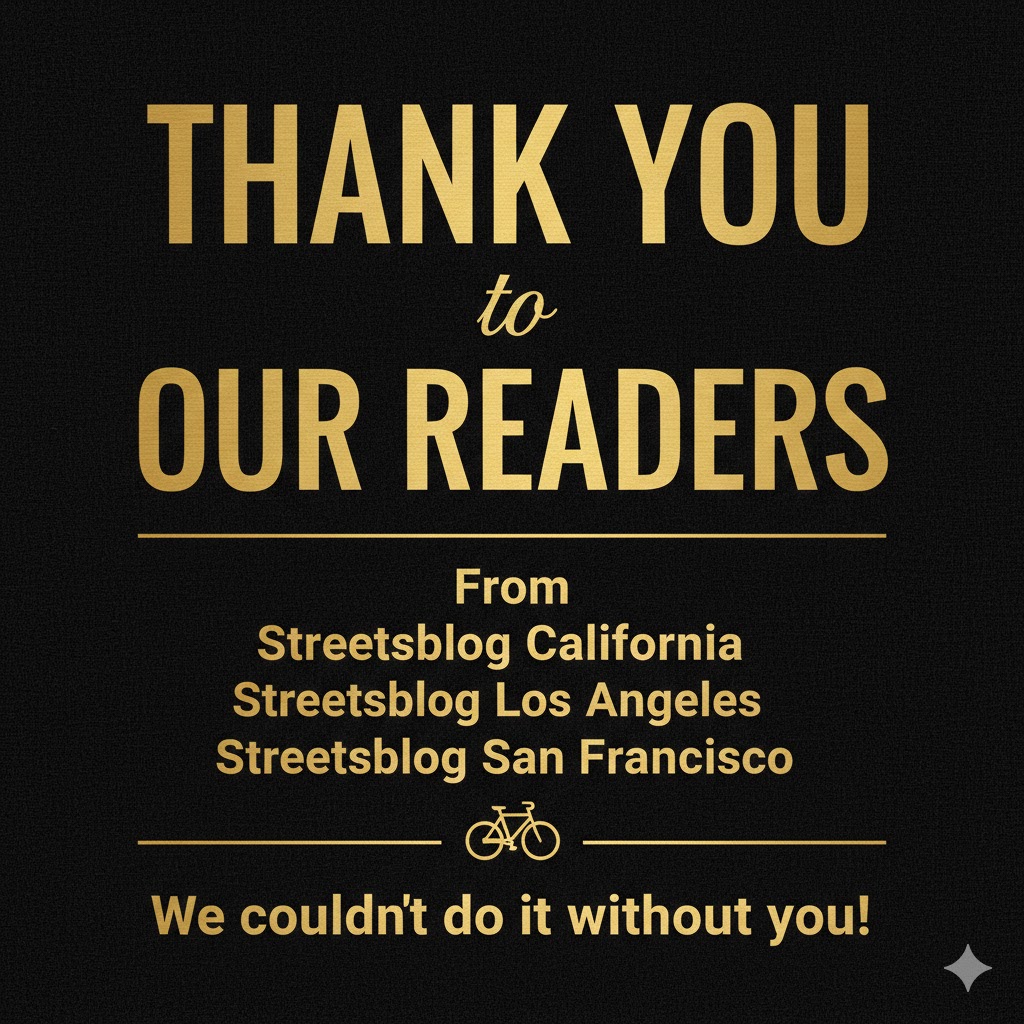
A provision in the House GOP's new transportation bill threatens to upend how transit agencies fund major capital projects, delaying or killing efforts to expand and maintain rail and bus networks.
The Surface Transportation Reauthorization and Reform Act (STRR), released Tuesday and marked up in committee yesterday, would change funding rules for the three federal programs that support transit maintenance and expansion projects, known as New Starts, Small Starts, and Core Capacity.
Currently, transit capital projects are eligible to receive 80 percent of their funding from federal sources, with local sources providing the remaining 20 percent. This is the same as the federal match available for highway projects. But the new House bill would cut the maximum federal match for transit projects to 50 percent while leaving the highway formula untouched. The bill would also prohibit transit agencies from counting funds from other federal programs (TIFIA loans, for instance) toward the local portion.
Representatives from urban areas warn that the House bill jeopardizes projects to maintain and improve transit systems. At the mark-up hearing yesterday, Representative Dan Lipinski, a Democrat who represents Chicago, said the measure "could end or delay Red and Purple Line modernization projects in Chicago."
By cutting the potential share of project funds available from federal sources, the bill would also make transit projects less appealing relative to highways in the eyes of local governments, which would have to pitch in a smaller percentage for road projects.
Smaller cities are more likely to take advantage of federal matching funds that exceed 50 percent of a project's total cost. Albuquerque, for instance, is counting on an 80 percent match to build its downtown BRT route. Larger cities are more likely to supplement a 50 percent federal grant with another source of federal funds, like TIFIA loans.
New York Representative Jerrold Nadler is sponsoring an amendment with Lipinski to undo the provision. In a statement, Nadler said, "This provision will create a major problem for many agencies and certainly could create a major problem for the bill going forward if it’s not corrected."
Lipinski withdrew the amendment, however, after Committee Chair Bill Shuster (R-Pennsylvania) promised "we'll work toward getting this fixed."
You can track the outcome of this amendment and others at Transportation for America.





